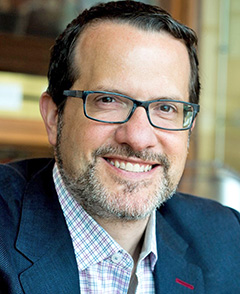Americans are frustrated with health care, and rightly so. It’s expensive, confusing and often unfair. I’ve written about its flaws for years. But as calls grow to burn it all down, we risk losing the very parts that are working.
Critics claim the United States hasn’t made progress, that things used to be better, and that our institutions are failing us.
In a hearing in Washington on Thursday, Robert F. Kennedy Jr., the health secretary, said, “We are the sickest country in the world.”
The Trump administration is using these as excuses to demolish what is best about America’s health and science infrastructure. It’s already eliminated billions of dollars in lifesaving research and proposed a budget that would mean even steeper cuts to public health and medical research.
Just last week, Susan Monarez, the director of the Centers for Disease Control and Prevention, was ousted after clashing with Mr. Kennedy over vaccine restrictions, prompting four senior officials to resign in protest. It’s the latest sign of ideology displacing science at the very agency charged with protecting public health.
Such actions imperil the very things we should celebrate.
Take children’s health. Mr. Kennedy often suggests that kids were healthier in the 1950s and ’60s than they are today. But a child with acute lymphoblastic leukemia had almost no chance of survival in 1960; today, the vast majority can expect to be cured.
It’s in large part thanks to the C.D.C. that we no longer need to worry about smallpox and polio.
Infections caused by Hib (Haemophilus influenzae type b) once hospitalized tens of thousands of children each year, killing or disabling many. I’ve never seen a case as a pediatrician because vaccines have effectively eliminated such infections.
Death rates for American children between the ages of 1 and 15 fell more than 75 percent from 1950 to 2018.
Yes, chronic disease is more common in children now, but that reflects both progress and new challenges.
The biggest killers used to be infectious diseases; the deadliest of those have largely been eliminated. Obesity is a concern, but it stems more from nutrition and our environment than from failures of the health care system.
The rise in neurodevelopmental disorders, like autism, may have more to do with our greater likelihood to diagnose them. No child facing those challenges would genuinely be better off in the 1960s.
The same principle applies to health research. The Department of Health and Human Services spokesman Andrew Nixon said recently that we’ve “thrown billions” at the National Institutes of Health “for decades with little accountability and few measurable outcomes.”
This ignores reality. Advances in health care over the last few decades are staggering. People with H.I.V. now live long lives. Many cancers that were death sentences in the 1970s are now curable. Hepatitis C, once incurable, can now be eradicated with a 12-week course of pills.
The N.I.H. is the largest biomedical research funder on the planet. One project aimed at mapping research funding found that it spent 2,500 percent more on grants than the next largest funder that reported data to the initiative.







